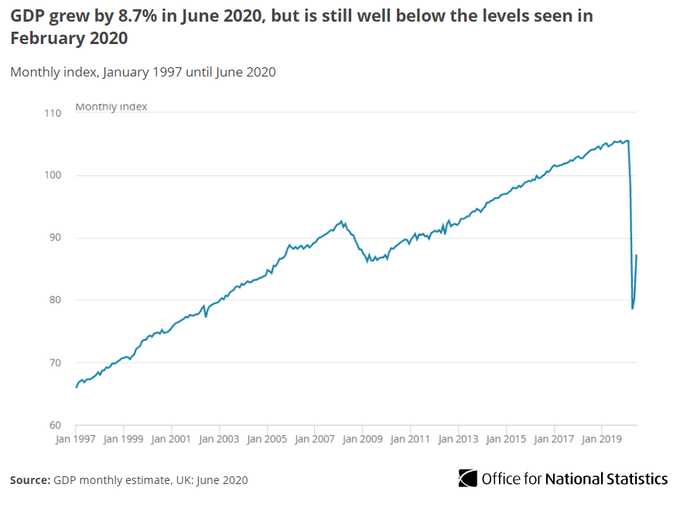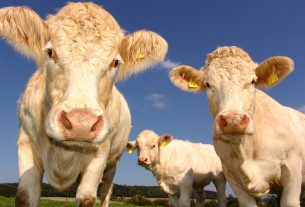Although everyone knew that the UK economy suffered a significant blow because of the lockdown, few experts expected the UK coronavirus recession to be the worst on record. The latest ONS figures show that GDP is 17.2 per cent lower now than it was in February. A country is in recession if the economy shrinks for two consecutive quarters. In the UK’s case, GDP fell by 2.2 per cent during the first quarter and 20.4 per cent in the second, and even though an 8.7 per cent bounce-back materialised in the third, the economy is still experiencing a deep recession. The V-shaped recovery many have been hoping for isn’t manifesting either with steady growth in some sectors evident but many economists now estimating that the full recovery will take as long as 18 months. Worrying unemployment figures may worsen too when the government furlough scheme runs out in October. As experts sift through the ONS figures to get a handle on the UK coronavirus recession, the government will hope that the worst is already over.
When the UK went into lockdown in late March, everyone knew the economy would enter a deep decline. Entire sectors ceased trading, and people weren’t able to go out and spend. From the hospitality and leisure industry to retail and the arts, thousands of viable businesses stopped their economic activities. At the time, no one was in a position to foretell the scale the economic fall-out.
The government made a plethora of financial supports available, including the furlough and business loans schemes to ensure the long-term survival of companies large and small. It soon became evident that lockdown wasn’t economically sustainable in the long-run, and when infection rates had slowed, the government eased restrictions encouraging everyone back to work. True to expectations, a significant economic bounce followed. However, economists agree that despite hopes, the recovery will be slower than anticipated. Today’s figures bear out gloomy predictions as well as a silver lining with strong growth during the post-lockdown quarter.
UK coronavirus recession – rising unemployment as many sectors hit
Despite pleas from trade unions, the government will wind down its furlough scheme at the end of October, a move supported by the Bank of England. The bank anticipates most people returning to full employment. However, Bank of England forecasts estimate that unemployment figures will rise to 7.5 per cent by the end of the year. The ONS has published detailed figures of the impact of the pandemic on different sectors and industries. The retail and hospitality employment figures have been bouncing back since the end of lockdown, but experts believe that many vacancies will not return.
Pay-freezes and even pay cuts may become commonplace, a Bank of England spokesperson said:
“In many cases, bonuses have been scaled back or withdrawn altogether for this year.”
The forecasts rely on the UK escaping a second COVID19-wave as well as a positive outcome in the talks between the EU and the UK on a future trade agreement.
When examining what sectors experienced the greatest job losses, aviation, retail, hospitality, and energy emerged at the top.
The latest ONS unemployment figures show that 730,000 fewer people were on the payroll between March and June of this year than previously.
Discussing the ONS figures on Sky News, Rishi Sunak was eager to reassure:
“Hundreds of thousands of people have already lost their job, and many more will.
“What I would say though is difficult decisions do lie ahead for all of us, but I want to reassure people we will get through this and nobody will be left without hope and opportunity.”




